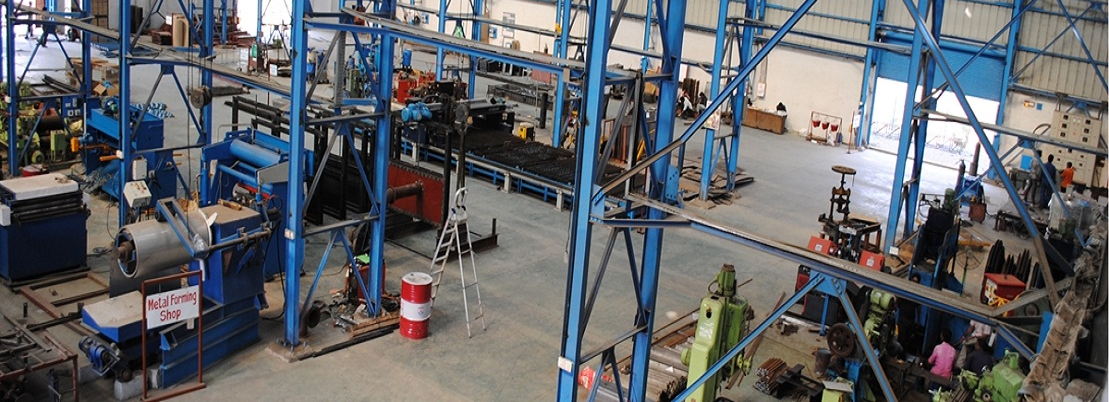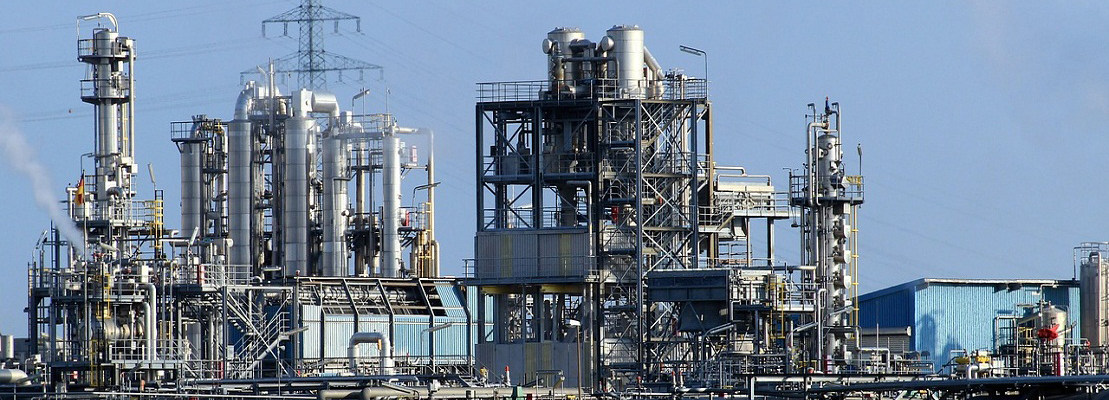

Tests ports are installed on coal pipes to facilitate clean and dirty air traversing using pitot tubes and dirty air probes. Optimum location for these taps should be between five diameters downstream and ten diameters upstream of the nearest elbow or change of direction. A minimum of two test ports per coal pipe, 90 degree apart, is required for testing. The numbers of sampling ports are determined based on the available straight lengths of coal pipes, upstream or downstream of the nearest bends. Traverse points on the pitot tube are marked on an equal area grid for traversing circular ducts or pipes. Two equal lengths Tygon tubing sections are cut to desired length. The tubing is then taped or bound together and one tube is marked on both ends to identify as the ‘high pressure’ line or ‘impact’ line. The second tube is used as the ‘low pressure’ line or ‘static’ line.A 5” to 10” vertically inclined manometer is set up on a level and stable work area. The tygon tubing is connected to the high and low side taps on the manometer as indicated below. A digital manometer may be used in lieu of the inclined manometer.
Insert the sample probe into the port to the first sampling point. The desired differential pressure will be monitored and maintained at all times while the probe is in the sample port. A needle valve on the sampling apparatus is utilized to maintain the sampler differential (it is a good idea to establish the approximate sampler differential just prior to inserting the probe into the port). The sampler probe will remain in the coal transport pipe for 4 minutes (2 ports, 12 points per port, 10 seconds per point) for a standard two-port arrangement. The sampling time is very critical and great care should be taken to ensure the correct sampling time is obtained for each single point. Upon completion of sampling from all ports on a single fuel pipe, turn off the aspirator air supply and remove sampler from the coal transport pipe. Disconnect manometer from apparatus, turn aspirator air back on and shake sample transport hose and filter assembly to ensure all coal sampled has been evacuated from the sampler. Empty the sample collected in the collection jar into a sample bag and establish the weight of the sample (in grams). Assign this weight with a pipe designation, test number and date.
One set of ID fan, FD fan, PA fan, Seal air fan and the Mill are started and PA header pressure (750 – 800 mmwc), furnace draft (-5 mmwc) and secondary air flow (30 %) are adjusted Pitot tube measurement is taken from inside the coal pipe at the centre of the coal pipe and air flow is adjusted to around 110 % of the design air flow by regulating hot and cold primary air control dampers.The condition established as above should be continued for the complete period of test.Velocity profile in each coal pipe shall be obtained by traversing the pitot tube at two directions as shown in the figure w.r.t the markings made on the pitot tube Mill air temperature, airflow, mill DP and PA header pressure indications are noted from control room.
The pitot tube velocity head readings are converted into air velocity inside the coal pipe Average velocity is calculated for each coal pipe. The maximum and minimum velocity of air in the pipe and their deviations from the average of the four pipes are also calculated The deviations shall be within 5% of the average velocity for successful completion of the test. The velocity measured can be converted into the air flow and can be compared with control room readings
Airflow = velocity x area x air density